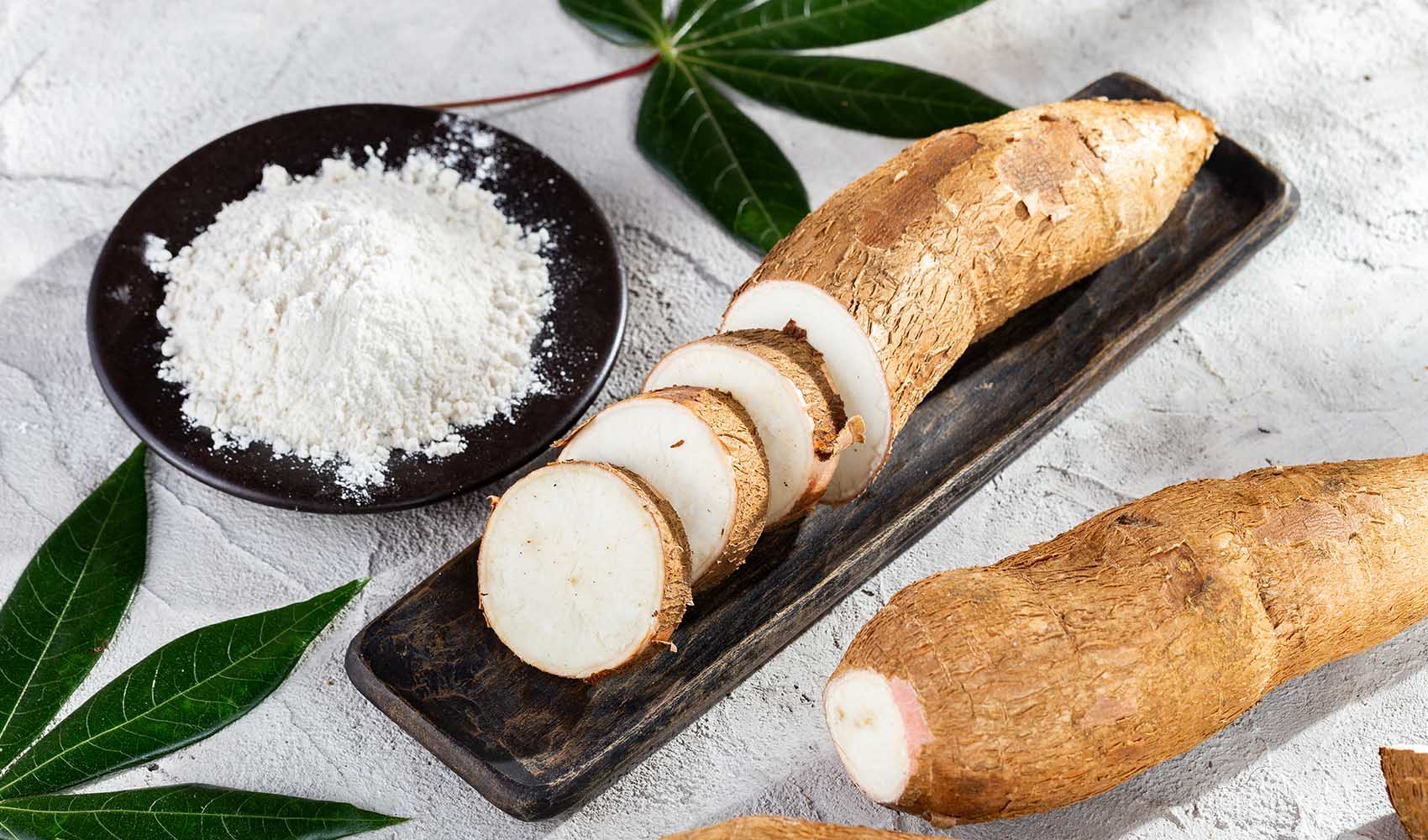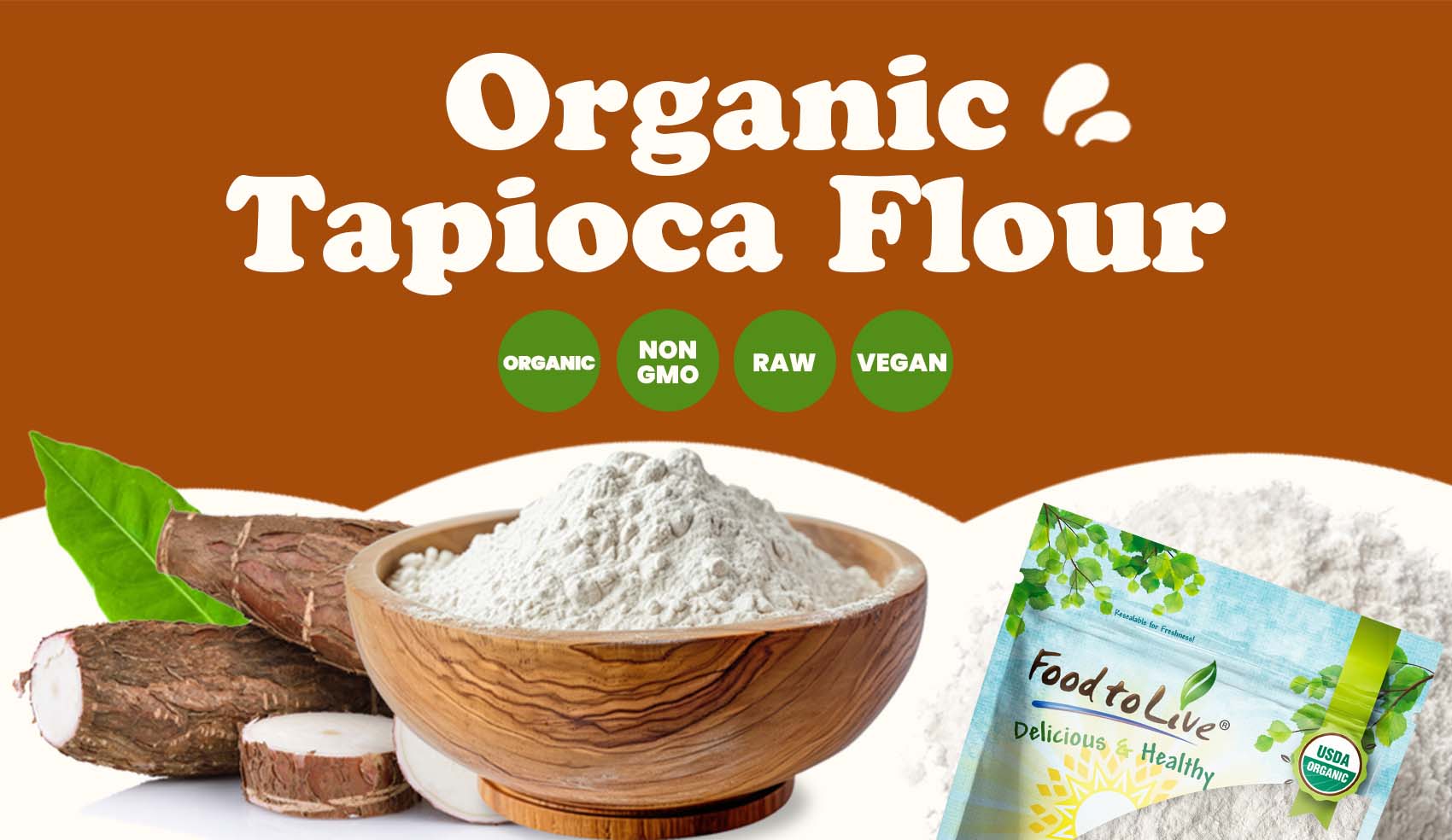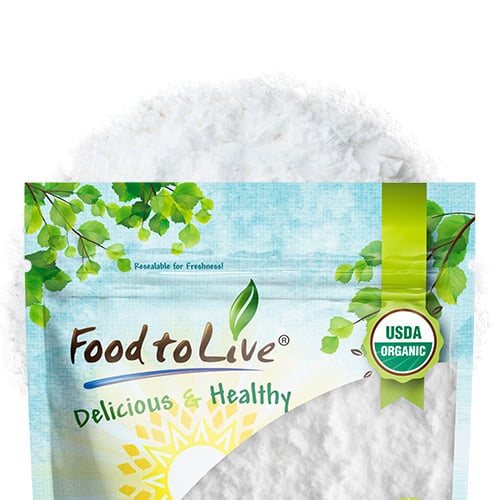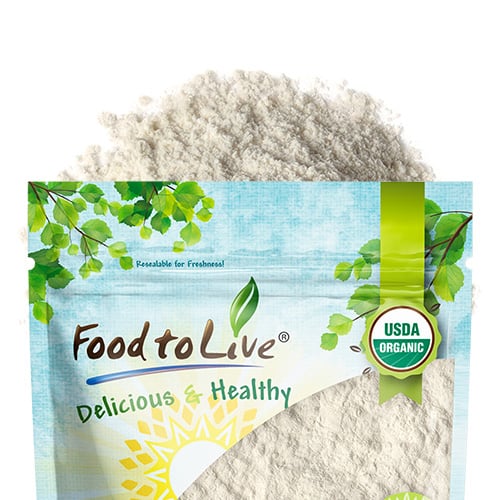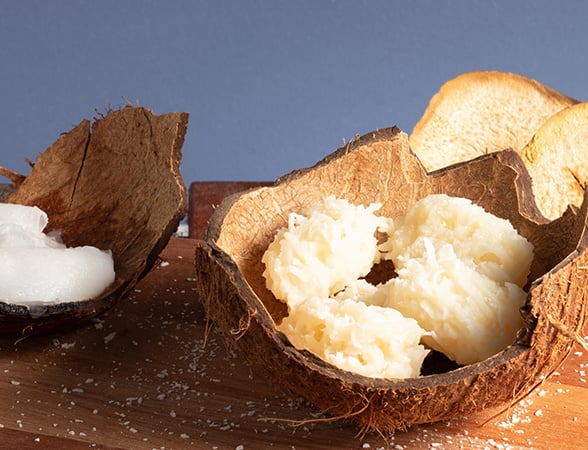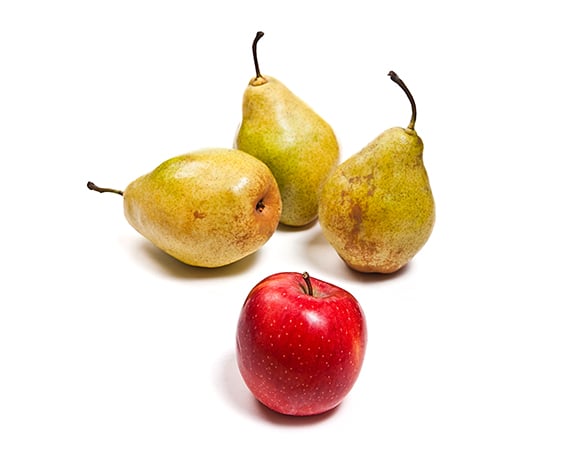May 10, 2024 · Written by Foodtolive Team
Tapioca Flour 101: Origins, Benefits, Recipes, and Expert Tips
Tapioca flour, derived from the cassava root, is a versatile gluten-free alternative that has gained popularity in various cuisines worldwide. Known for its unique texture and neutral flavor, tapioca flour serves as a staple ingredient in many dishes, from baked goods to savory recipes. In this comprehensive guide, we delve into the origin, benefits, properties, and expert advice on using tapioca flour to enhance your culinary creations.
Origin and Production:
Tapioca flour originates from the cassava plant, scientifically known as Manihot esculenta. Native to South America, particularly Brazil, cassava has been a dietary staple for centuries. The process of extracting tapioca flour involves grinding the dried cassava root into a fine powder. This gluten-free flour is distinctively known for its smooth texture and ability to add lightness to recipes.
Benefits of Tapioca Flour:
- Gluten-Free: Tapioca flour is naturally gluten-free, making it an excellent choice for individuals with celiac disease or gluten sensitivities.
- Easily Digestible: Unlike some other flours, tapioca flour is easily digestible, making it suitable for those with sensitive stomachs.
- Neutral Flavor: Tapioca flour has a neutral taste, allowing it to blend seamlessly into both sweet and savory dishes without altering the flavor profile.
- Textural Enhancer: Due to its unique properties, tapioca flour can enhance the texture of baked goods, giving them a light and fluffy consistency.
- Thickening Agent: Tapioca flour is commonly used as a thickening agent in soups, sauces, and gravies, providing a smooth and glossy finish.
- Paleo-Friendly: For those following a paleo diet, tapioca flour serves as an excellent alternative to traditional grain-based flours.
- Nutritional Content: While tapioca flour is low in essential nutrients like protein and fiber, it is a good source of carbohydrates, providing energy for the body.
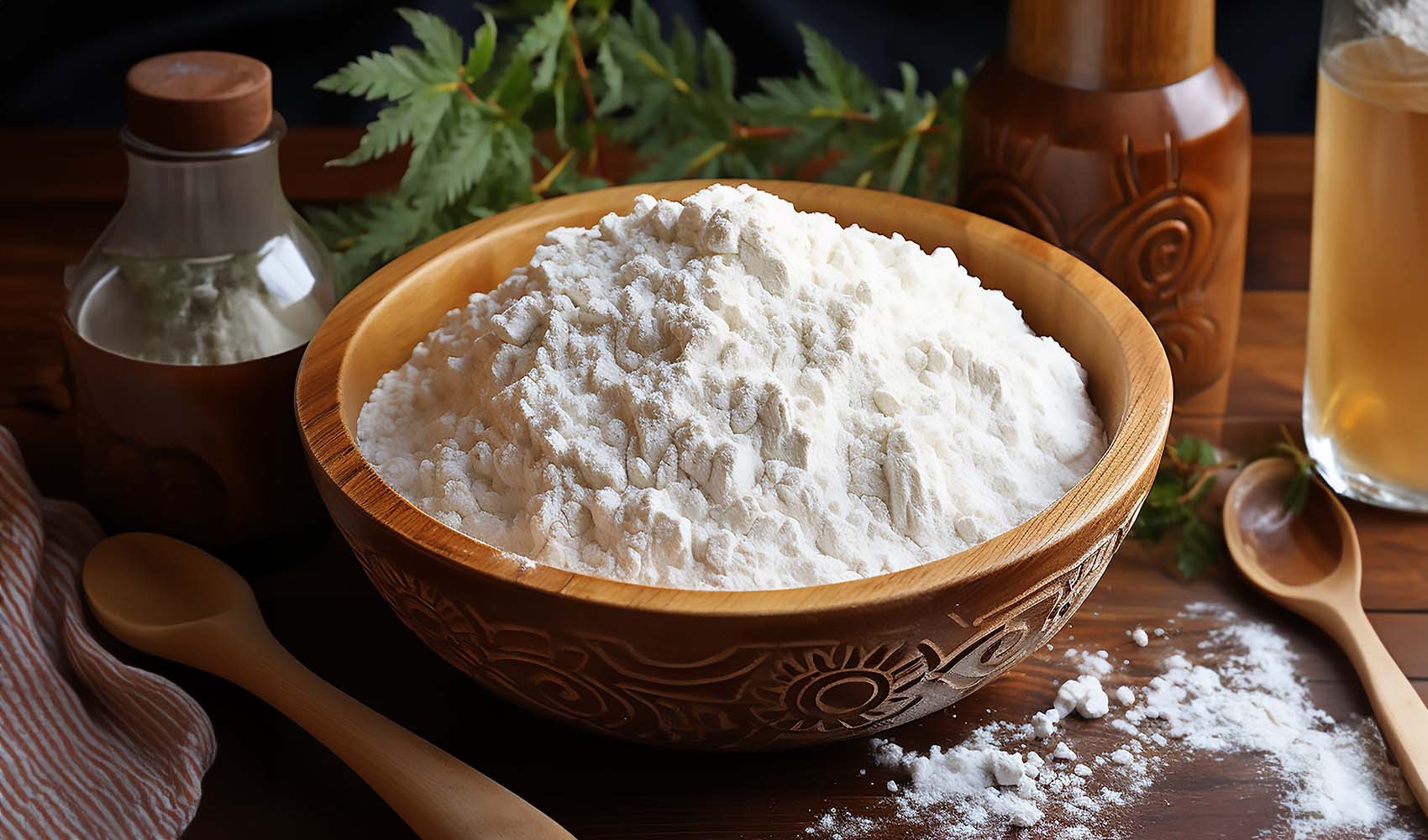 Properties of Tapioca Flour:
Properties of Tapioca Flour:
- Absorbency: Tapioca flour has a high absorbency rate, which means it can absorb liquids easily. This property makes it ideal for thickening sauces and creating chewy textures in baked goods.
- Binding Agent: When mixed with water, tapioca flour forms a sticky paste, making it an effective binding agent in gluten-free baking.
- Lightness: Tapioca flour adds lightness to recipes, resulting in airy and tender baked goods.
- Clear Appearance: Tapioca flour produces a clear, translucent finish when used as a thickening agent, making it suitable for dishes where clarity is desired, such as fruit pies and puddings.
Uses of Tapioca Flour:
- Baking: Tapioca flour can be used as a primary or supplementary flour in baking recipes, including bread, cakes, cookies, and pancakes. It helps improve the texture and crumb of gluten-free baked goods.
- Thickening: Tapioca flour is commonly used to thicken soups, sauces, and gravies. Simply mix tapioca flour with cold water before adding it to hot liquids to prevent clumping.
- Binding: In gluten-free baking, tapioca flour acts as a binding agent, helping to hold ingredients together and prevent crumbling.
- Frying: Tapioca flour can be used as a coating for frying foods, providing a crispy and golden exterior.
- Desserts: Tapioca flour is a key ingredient in traditional desserts such as tapioca pudding, bubble tea, and boba pearls.
Recipes Using Tapioca Flour:
- Chocolate Chip Cookies: Replace traditional flour with tapioca flour in your favorite chocolate chip cookie recipe for a gluten-free version that’s just as delicious.
- Tapioca Pudding: Combine tapioca flour with milk, sugar, and vanilla for a classic tapioca pudding that’s creamy and satisfying.
- Crispy Fried Chicken: Coat chicken pieces in tapioca flour before frying for a crispy and golden crust.
- Tapioca Flatbread: Mix tapioca flour with water and salt to form a dough, then roll it out into flatbreads and cook on a hot griddle until golden brown.
- Tapioca Crepes: Use tapioca flour to make gluten-free crepes filled with your favorite sweet or savory fillings.
 Expert Advice:
Expert Advice:
- Experiment with Ratios: When using tapioca flour in recipes, experiment with different ratios to achieve the desired texture. Start with small amounts and adjust as needed.
- Combine Flours: For optimal results, combine tapioca flour with other gluten-free flours such as almond flour, coconut flour, or rice flour to enhance the flavor and texture of baked goods.
- Use as a Thickener: When using tapioca flour as a thickening agent, always mix it with cold water before adding it to hot liquids to prevent clumping.
- Store Properly: Store tapioca flour in an airtight container in a cool, dry place away from direct sunlight to maintain its freshness and prevent moisture absorption.
- Be Mindful of Allergens: While tapioca flour itself is gluten-free, it’s essential to check labels for potential cross-contamination with gluten-containing ingredients during processing.
Tapioca flour is a versatile and valuable ingredient in gluten-free cooking and baking. From its origins in South America to its widespread use in global cuisines, tapioca flour offers numerous benefits, properties, and culinary possibilities. By understanding its unique characteristics and following expert advice, you can incorporate tapioca flour into your recipes with confidence, creating delicious and satisfying dishes for yourself and your loved ones.


